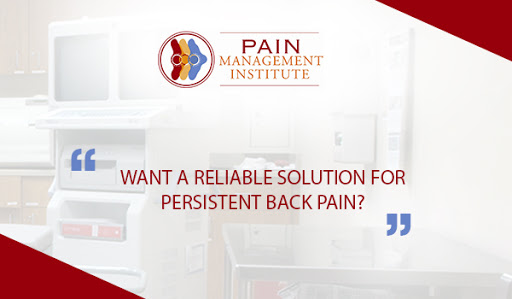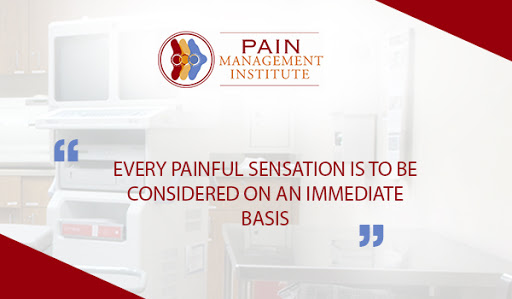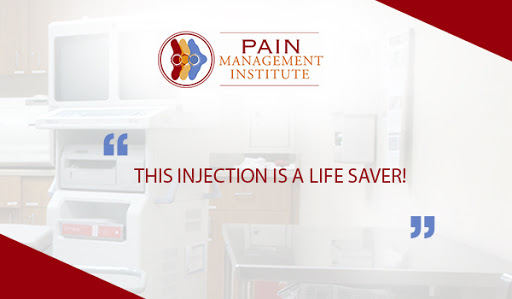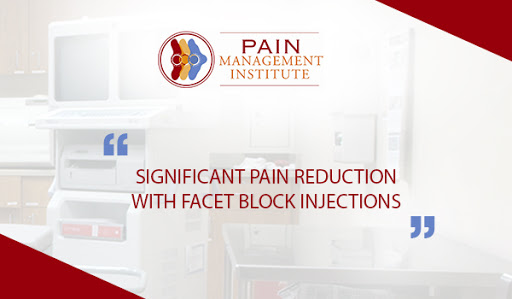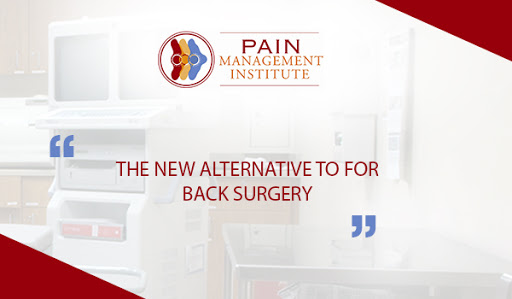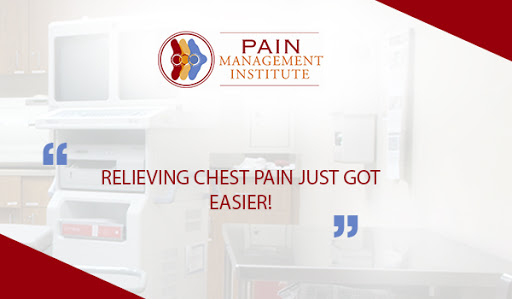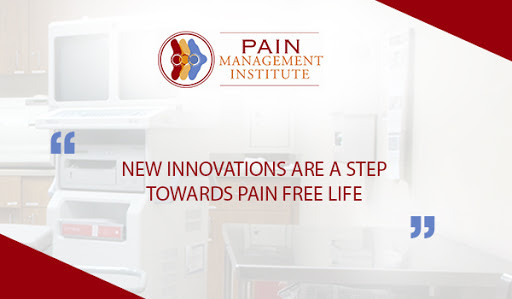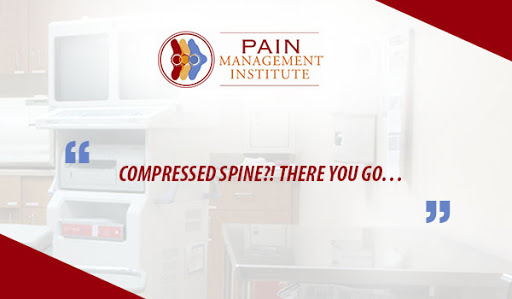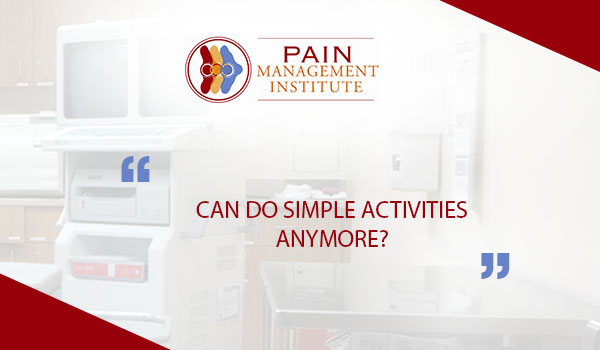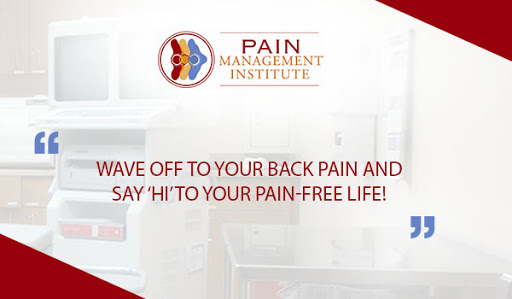Epidural lysis of adhesions alludes to a percutaneous spinal strategy for relief from discomfort (Racz method). Pain may arise because of epidural aggravation, nerve root pressure, venous engorgement, and scar tissue.
Lumbar spinal stenosis causes different types of painful sensations in back or leg, and is perceived with expanding recurrence in elderly patients whose physical status isn’t constantly reasonable for medical procedure. Epidural adhesions are frequently caused by spillage into the lumbar spine’s epidural space following careful intercession. Adhesions can lead to tireless leg torment, yet pain doctors are equipped for separating the scar tissues that structure and cause this pain with the utilization of an uncommon catheter and blend of medicines. This system is known as epidural lysis procedure.
The following signs are to be considered before opting for Epidural Lysis Procedure:
- Back/neck pain and sciatica (with or without surgery)
- Chronic low back pain
- Radiculopathy (mono- or polysegmental)
- Failed back surgery syndrome
- Lumbar spinal stenosis
- Post-laminectomy syndrome
- Spinal stenosis
- Neurogenic claudication
- Degenerative disc disease
- Herniated/prolapsed intervertebral disc
- Epidural scarring
- Sympathetically independent pain
Epidural lysis strategy is anything but a “first line” treatment meaning, the patients who experience this treatment have attempted more preservationist treatment choices, for example, prescriptions and epidural steroid infusions, medical procedure, which have neglected to alleviate their pain.
If you have persistent, nagging back or neck pain following surgery, don’t suffer any longer. Please call Pain Management Institute at 815-464-7212 to schedule your evaluation with Dr. Zaki. He is very experienced in interventional treatments and a world renowned Pain Medicine Physician who has been practicing ways to cure pain leading to serious problems for the past several years After determining the cause of your pain, he may use a variety of treatments to provide you with pain relief.

